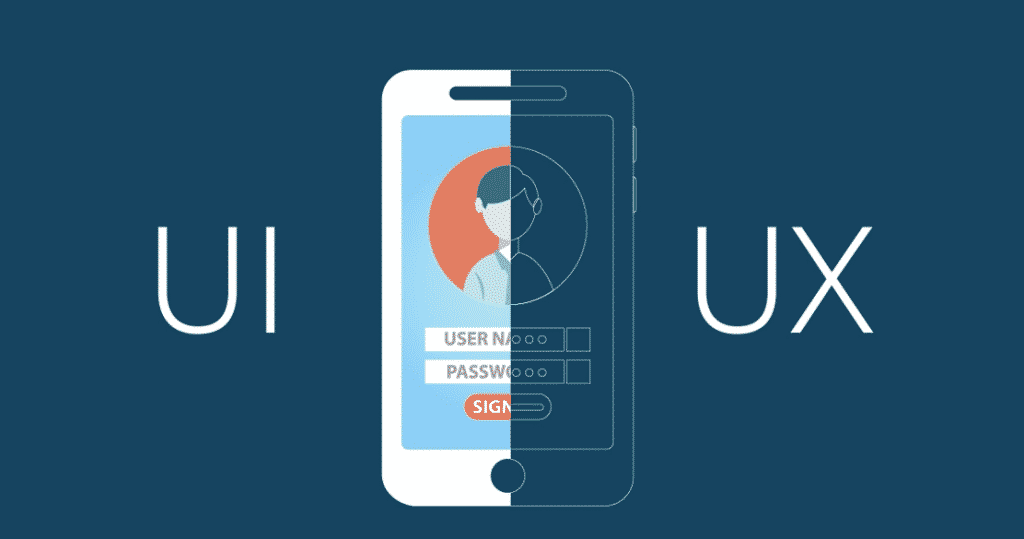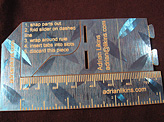User experience design and user interface design are broad principles. When a person works in these fields, they need to draw on a diverse skill set.
User Experience and User Interface Are Different Things
It is common for people to swap UX with UI, believing that the two are the same. This is a mistake that is even seen among designers. User interface focuses on the area where the user interacts or interfaces with the product. User experience explains the emotional reaction a person has before, during, and after they have interacted with the product.
User Experience Designer
A user experience designer attacks their work thinking about everything that can influence the user’s interaction with the product. Their job is about feelings. They are especially focused on the human side of technology. They strive to help the user have a personal moment or to personally connect with the product they are using.
A user experience designer understands that the feelings their users have in connection with a product vary based on the context in which they use the product. User experience design is constantly evolving as the user discovers new ways they could use a product or service in their lives.
For example, think about when smart phones first came on the scene. They were a novelty. When people tried to use the product, many were confused. Some had mixed feelings because it was so different from the interactions they had with telephones in the past. With time, they learned to become emotionally attached to their smart phone as their understanding of its functionality grew. These are the things that a user experience designer works with.
User Interface Designer
A user interface designer, just like a user experience designer, wants to improve the way the end user interacts with the product. However, as opposed to being focused on pure emotion, a user interface designer is focused on taking practical steps that help the user navigate from point A to point B. Their goal is to design things in a way that is intuitive. They are the ones who are designing every screen that a person is moving through. They create visual elements and the interactive properties that make the visual elements work.
In web design, for example, a user interface designer strives to create an interface that does not require thought from the user. Think about your favorite app on your phone or mobile device. When you first installed it, you didn’t need to spend a ton of time trying to figure out how to make it work. It was just obvious. This is the work of the user interface designer.
Designing for the User and Not Yourself
Testing with users is key in the design process. It is important that people who use the interface like it and find it enjoyable. It is a fatal error for designers to think they are the user. When they think the users share their beliefs or similar behavior, they will arrive at a false consensus and end up creating a product that is designed for what they think users do as opposed to what users do.
To accomplish this, UX designers and UI designers work together. Each needs to have a basic understanding of the other’s field. They understand that design is not a linear process. There is a lot of back and forth between specialties.
UX designers and UI designers are successful when they understand the role of psychology in the decisions that people make. Experts at Adobe mention that ““Designers have a lot of different tools to create a proper visual language, and color is one of the most powerful in their toolbox.” One of the most powerful tools in their toolbox is color. Color on a website, game, or app is not merely an aesthetic choice. It has a psychological impact, and designers need to use this. A well visualized color palette can take a design from being good to being great. A mediocre color palette can have the opposite effect.
User experience and user interface designers play a valuable role in creating technology and other products. As their understanding of their craft grows, so will the intuitive nature of the products and services used every day.












